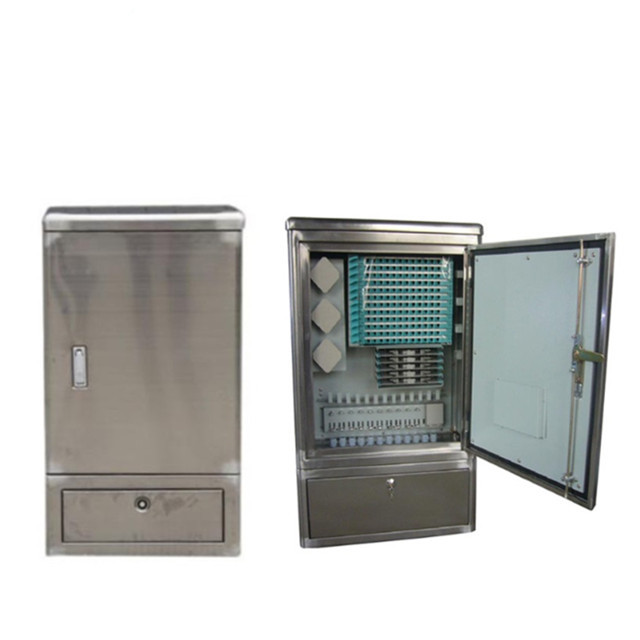- Sales SupportContact Sales
- Call us at: +(86) 15211074652
- Send us a email at: info@zr-fibercable.com
Rangers -type optical fiber rack
Optical fibers are the backbone of modern communication networks. They provide a secure and reliable way to transmit information over long distances. To ensure that these fibers are protected and organized, racks are used. A rack is a structure that holds optical fiber cables and connectors in place. The Rangers-type optical fiber rack is one of the most commonly used racks in the industry. In this article, we will discuss the Rangers-type optical fiber rack, its features, benefits, and applications.
Features of the Rangers-Type Optical Fiber Rack:
Design: The Rangers-type optical fiber rack is designed to hold a large number of optical fibers and connectors in a compact space. It is made up of high-quality materials, including steel and aluminum, which provide durability and strength to the rack.
Capacity: The Rangers-type optical fiber rack can hold up to 96 fibers per rack unit. This makes it an ideal choice for organizations that require a high-density solution for their fiber optic cables.
Cable Management: The Rangers-type optical fiber rack is designed to provide excellent cable management. It has vertical cable guides that help to organize and route cables, ensuring that they are not tangled or kinked. The rack also has cable entry and exit ports that allow for easy cable installation and maintenance.
Connector Management: The Rangers-type optical fiber rack has a connector management system that ensures that connectors are easily accessible and organized. The system includes a variety of connector panels and adapter plates that can be used to mount connectors.
Cooling: The Rangers-type optical fiber rack has a built-in cooling system that helps to keep the temperature of the fibers and connectors at a constant level. This ensures that the fibers and connectors are not damaged due to overheating.
Benefits of the Rangers-Type Optical Fiber Rack:
High Density: The Rangers-type optical fiber rack provides a high-density solution for fiber optic cables. It allows for a large number of fibers to be held in a small space, which is essential for organizations that have limited space for their communication equipment.
Easy Installation: The Rangers-type optical fiber rack is easy to install and can be set up quickly. This is beneficial for organizations that need to deploy their communication equipment quickly.
Improved Efficiency: The Rangers-type optical fiber rack provides improved efficiency in managing fiber optic cables. It allows for easy cable and connector management, which reduces the risk of cable damage and increases the lifespan of the equipment.

Scalability: The Rangers-type optical fiber rack is scalable and can be expanded as needed. This is beneficial for organizations that anticipate growth in their communication equipment requirements.
Applications of the Rangers-Type Optical Fiber Rack:
Data Centers: The Rangers-type optical fiber rack is commonly used in data centers. It provides a high-density solution for fiber optic cables, which is essential in data centers that have limited space.
Telecommunications: The Rangers-type optical fiber rack is also used in the telecommunications industry. It provides an efficient way to manage fiber optic cables and connectors in a compact space.
Healthcare: The Rangers-type optical fiber rack is used in healthcare facilities to manage the communication equipment used in patient care. It provides a reliable and secure way to transmit patient information over long distances.
Education: The Rangers-type optical fiber rack is used in educational institutions to manage their communication equipment. It provides a high-density solution for fiber optic cables, which is essential in institutions that have limited space.
Conclusion:
The Rangers-type optical fiber rack is a reliable and efficient way to manage fiber optic cables and connectors. It provides a high-density solution for organizations that have limited space for their communication equipment. The rack's features, benefits, and applications make it an ideal choice for data centers, telecommunications, healthcare facilities, and educational institutions. As technology continues to evolve, the demand for high-speed
You might be interested in
We use cookies to ensure that we give you the best experience on our website. By clicking on "Accept" or continuing to use this site, you agree to our use of cookies in accordance with our Cookie Policy .You can refuse the use of cookies here.
Accept

